Hello beautiful fashion lovers! I’m absolutely thrilled to be discussing something that’s been storming the world of fashion – faux leather. If you’ve ever asked yourself what is faux leather and why people are saying so much about it, you’re in the right spot.
As a fashion fanatic who adores keeping up to date with the latest trends, I’ve seen how vegan leather has been a game-changer in our wardrobe. From those gorgeous faux leather jackets which you see on every corner to stylish handbags that are indistinguishable from the real thing, synthetic leather is ubiquitous.
Let me get on with all that I have discovered about this fantastic material which is ideal for us fashion-forward women who wish to look good AND feel good.
Table of Contents
What is Faux Leather?
Faux leather is essentially artificial leather that has the appearance and feel of real leather without any animal material. It’s also referred to as vegan leather, synthetic leather, or even pleather (plastic leather).
I appreciate how this material allows us all to enjoy all the style advantages of leather with no guilt. The best part? Most people can’t even discern good quality faux leather from real leather anymore.
The primary variations are PU leather (polyurethane) and PVC leather (polyvinyl chloride). These artificial alternatives are made to mimic the feel, appearance, and suppleness of real leather. If you want to learn more about the different types of leather available in fashion, you’ll find that faux leather offers incredible versatility.
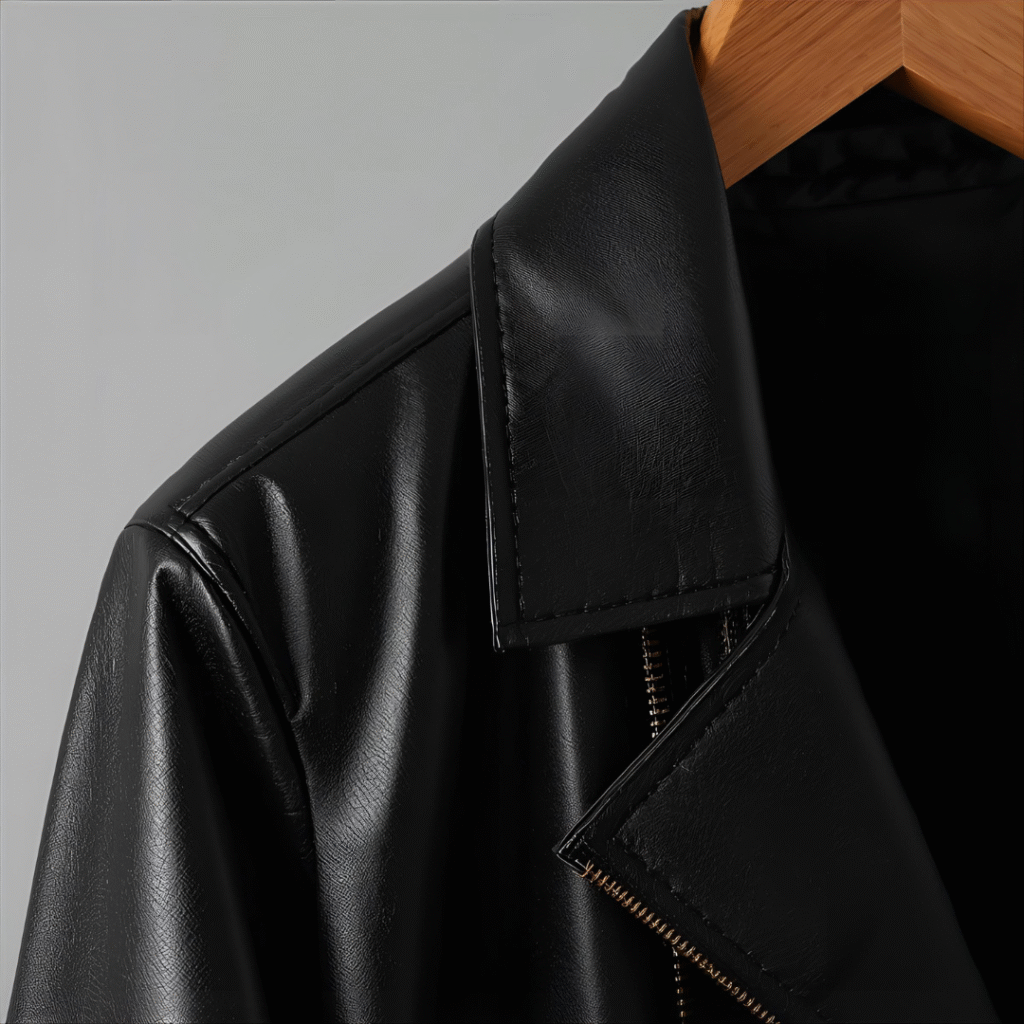
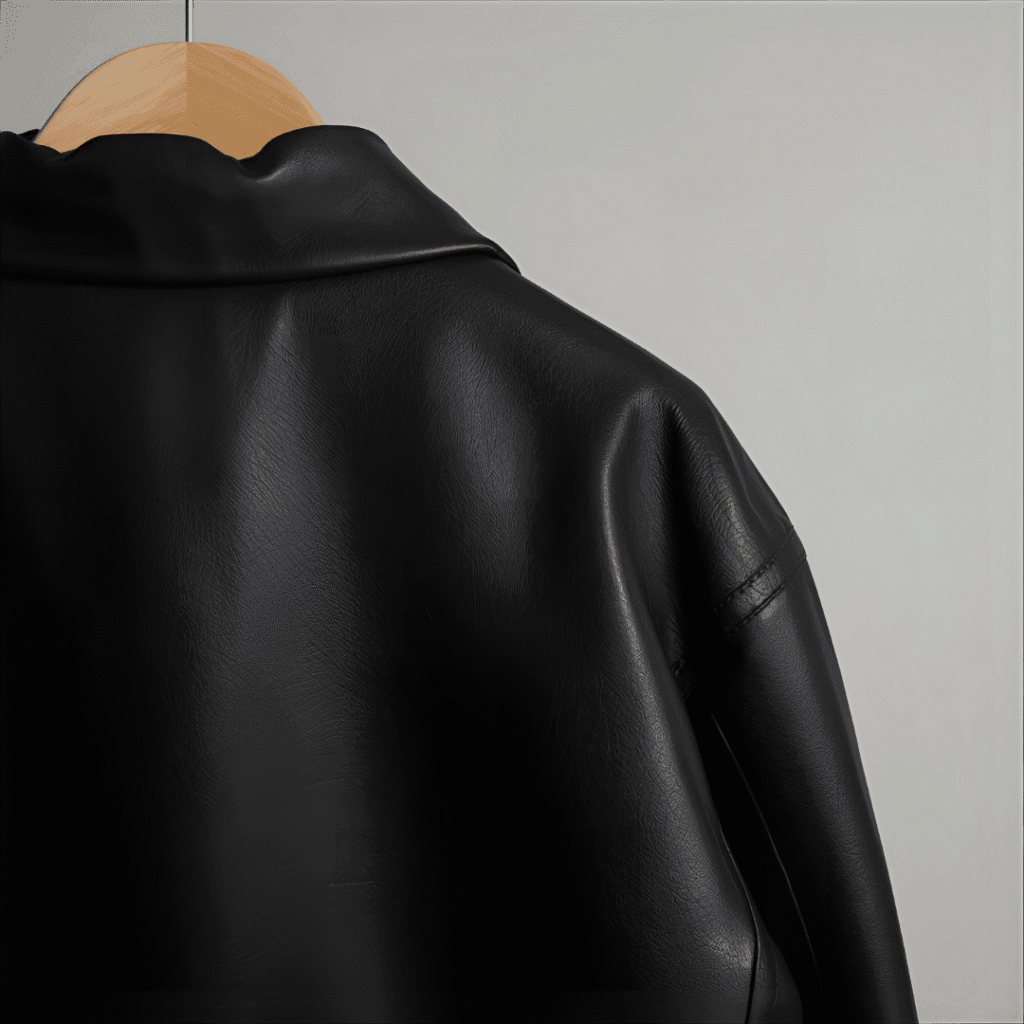
How Is Faux Leather Made?
It’s actually quite interesting! Let me explain it in layman terms.
Manufacturers first begin with a fabric foundation – often cotton or polyester. They then place a plastic coating on top. To make PU leather, they use polyurethane, and PVC leather employs polyvinyl chloride.
The trick is to texture this coating to achieve that leather feel. They employ special rollers and treatments to give it the exact same appearance as animal leather. Some of the top-of-the-line ones even give off that real leather scent!
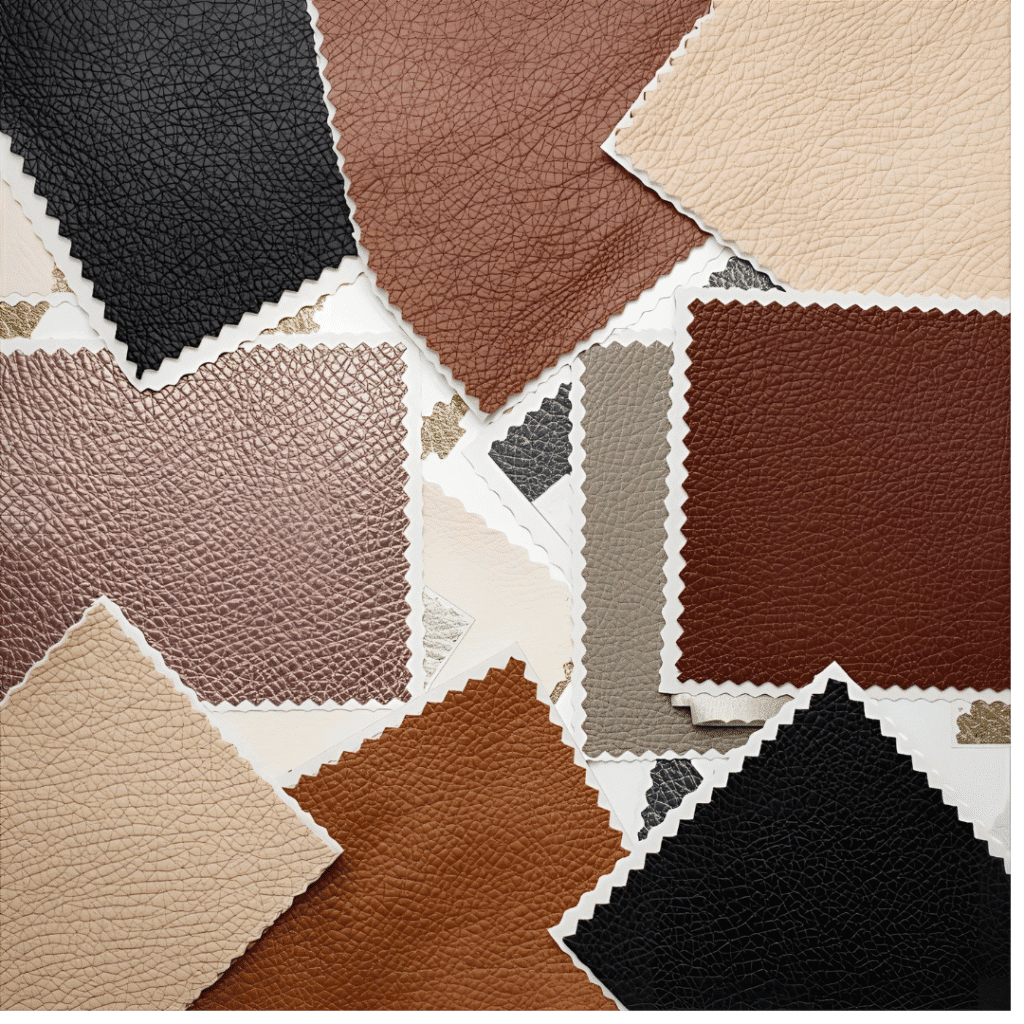
The entire process is quicker than conventional leather production. While genuine leather takes weeks to process, faux leather takes only a few days.
How Is Faux Leather Used in Fashion?
My goodness, where do I even begin? Faux leather is absolutely everywhere in fashion at the moment!
I notice it most in jackets and blazers. All those fashionably stylish moto jackets people are wearing? Most of them are synthetic leather. They look great and are way cheaper than the real leather counterparts.
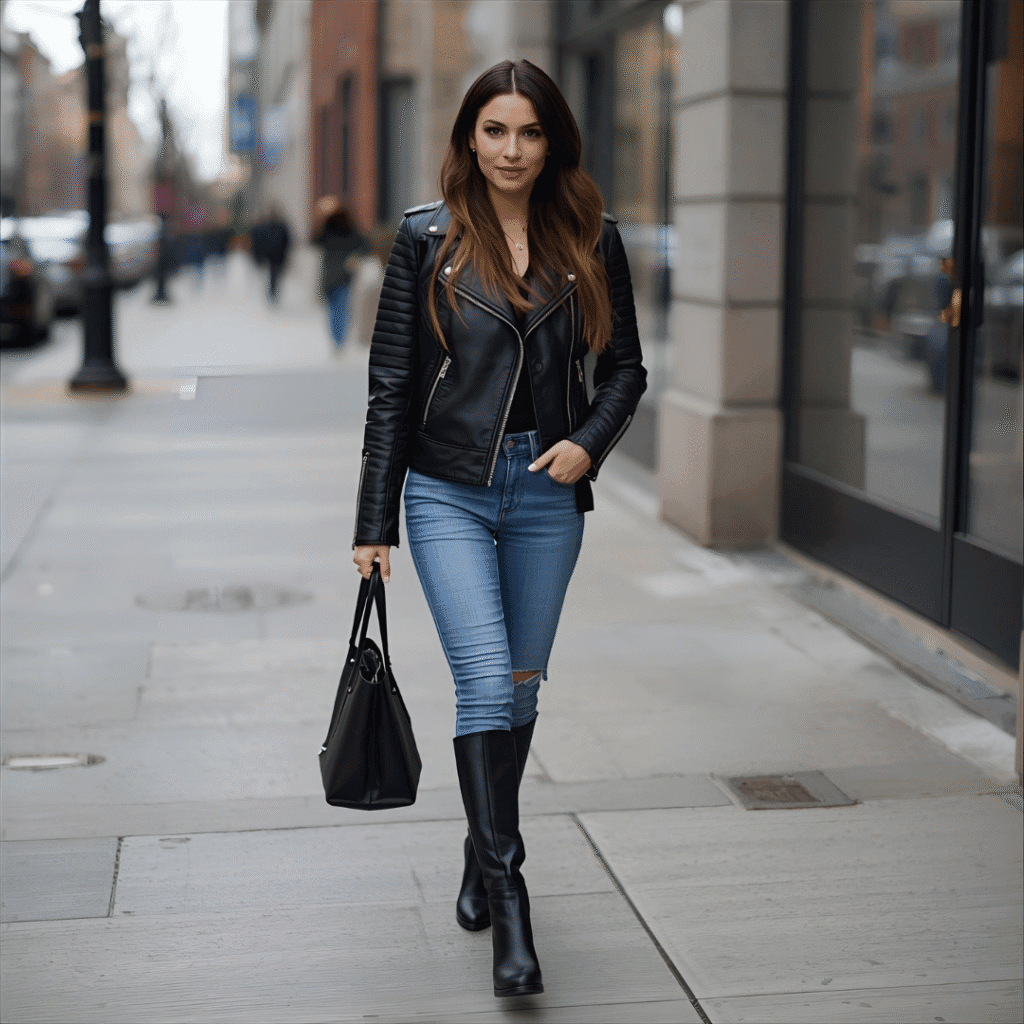
Handbags and purses are also very popular. I have a few faux leather handbags that appear so high-end but are extremely budget-friendly. My friends are always asking where I got them since they appear so high-end.
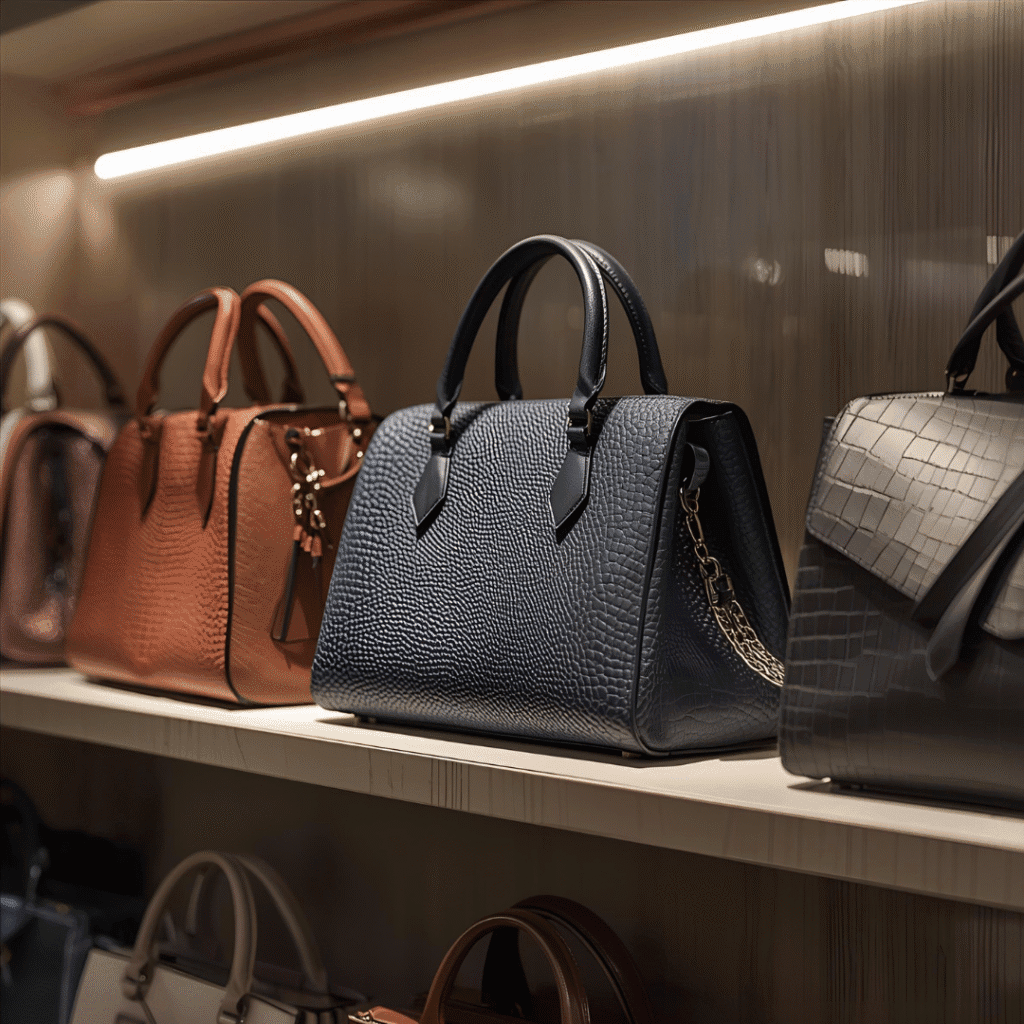
Shoes are also a major market. Fake leather boots, heels, and even sneakers are really in. They’re easy to clean and care for compared to real leather shoes.
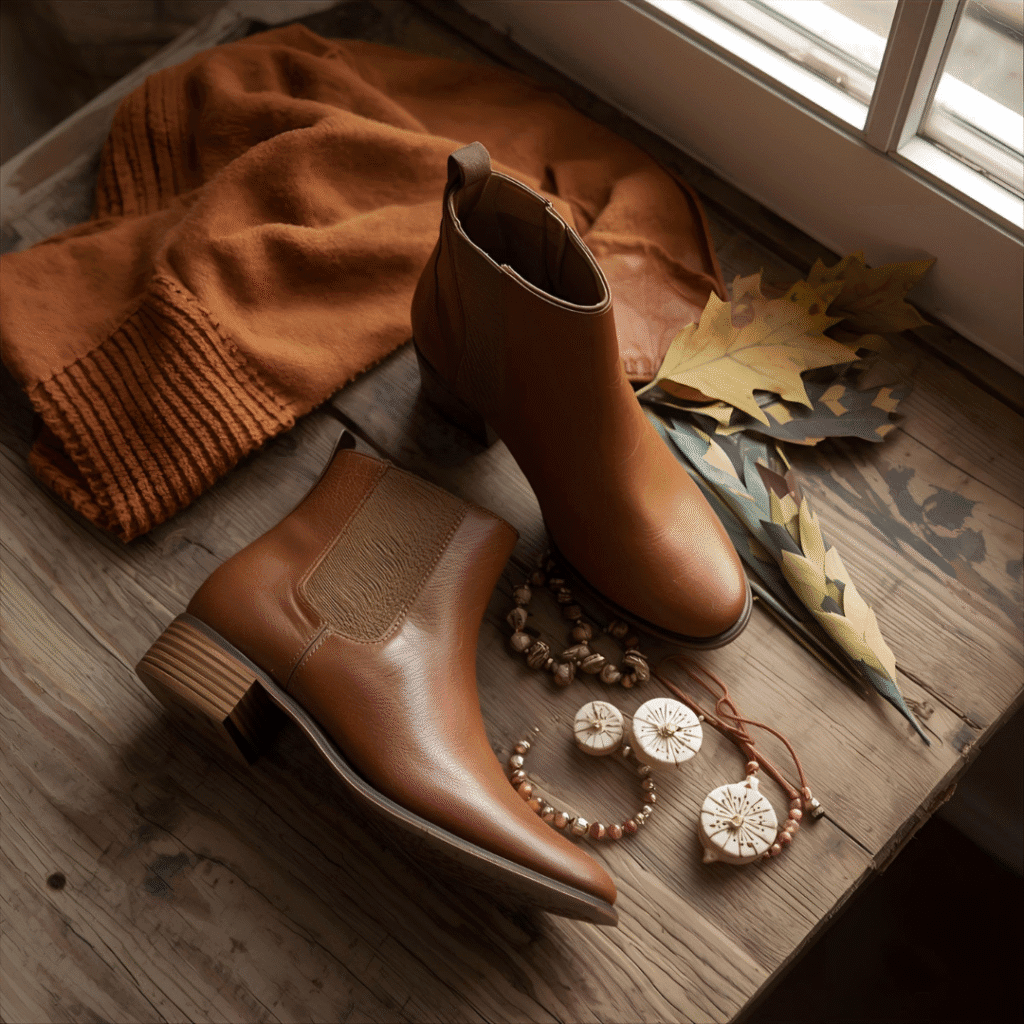
Don’t neglect pants! Vegan leather pants are really a big thing in 2025. They create that trendy, hip style without costing an arm and a leg. These are just one of the many exciting types of clothing that have embraced synthetic materials.
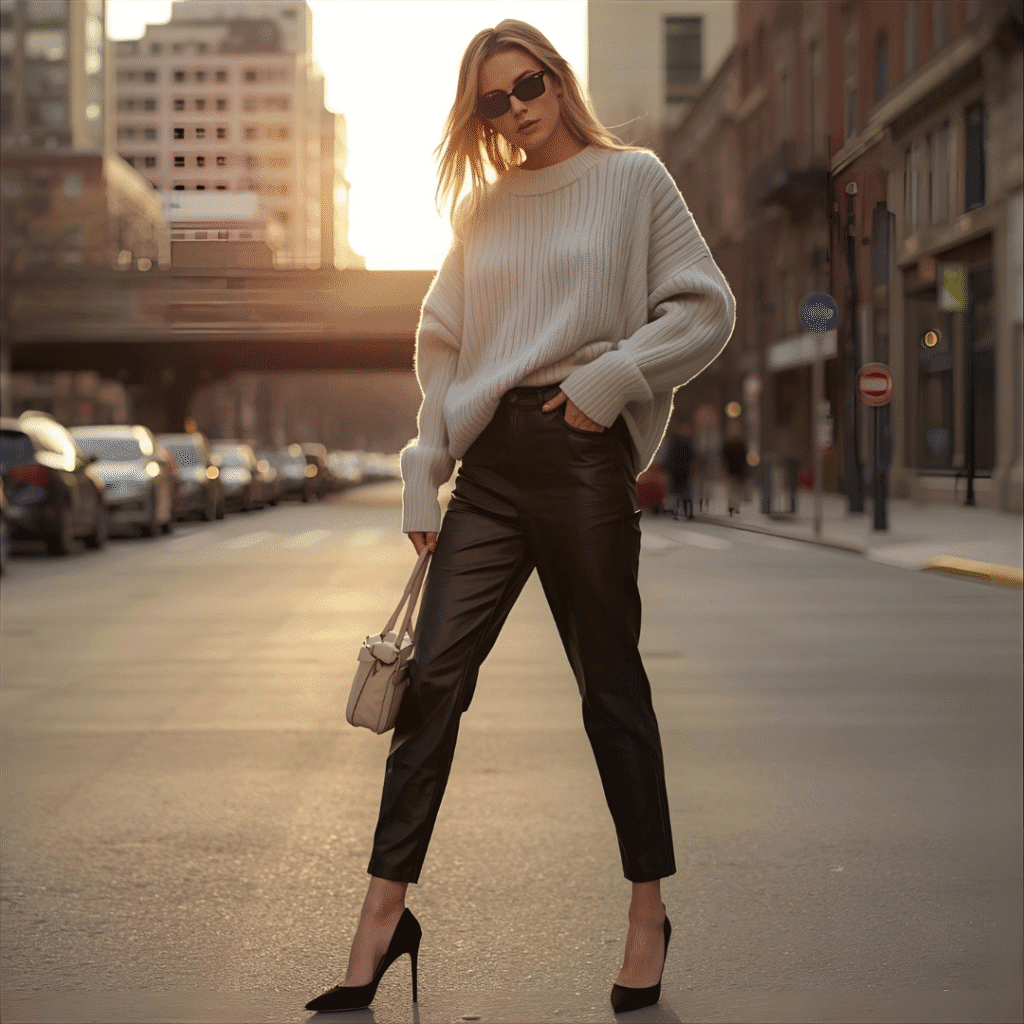
Other uses that are very popular include belts, skirts, dresses, and even home furniture.

Where Is Faux Leather Made?
Most synthetic leather comes from Asia, especially China, South Korea, and Taiwan. These countries have really advanced manufacturing technology for plastic materials.
Italy and Germany also make some of the highest quality faux leather. European manufacturers focus more on luxury versions that feel almost identical to real leather.
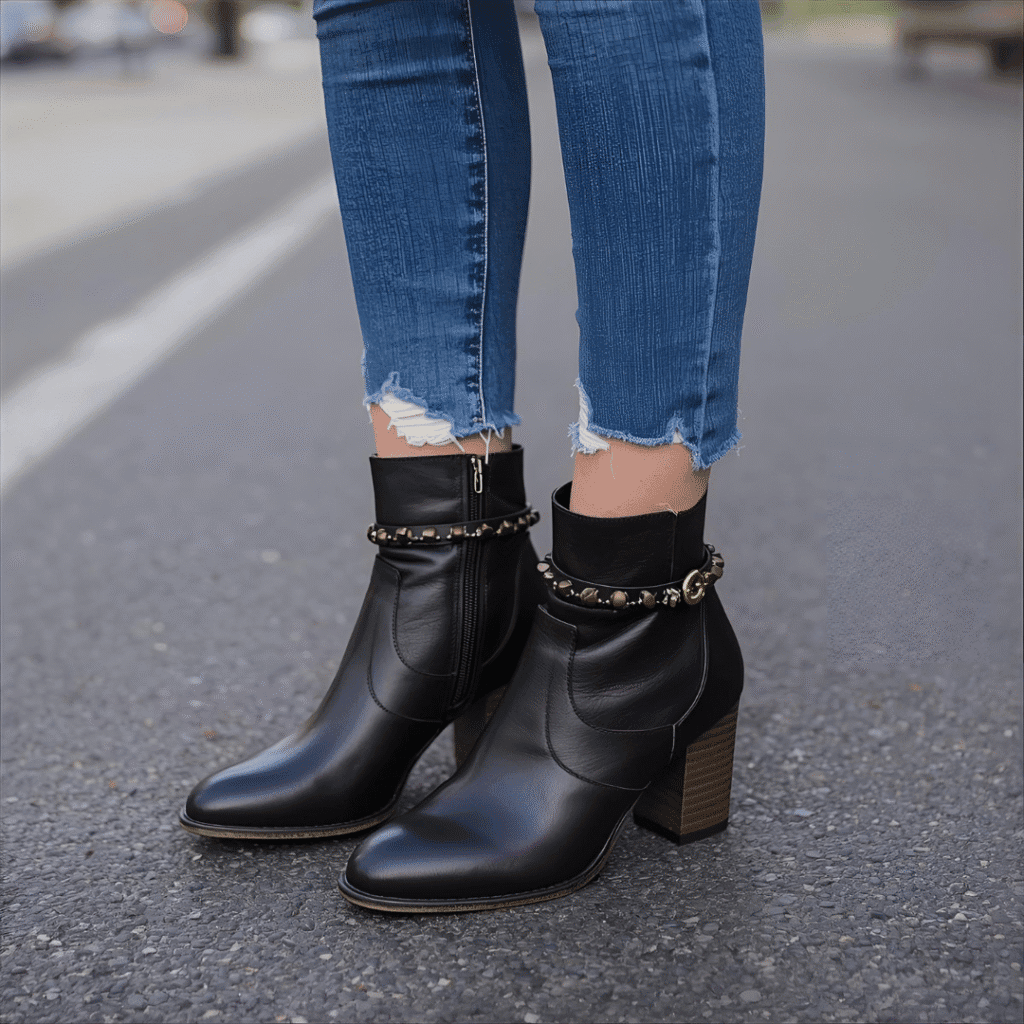
In recent years, I’ve noticed more brands are making their faux leather locally. This helps reduce shipping costs and environmental impact.
The better news is that manufacturing is becoming greener. Most manufacturers now employ recycled plastics and improved chemicals.
How Much Does Faux Leather Cost?
I love this about vegan leather – it’s so much cheaper than actual leather!
An ordinary faux leather jacket can range from $30 to $100. That’s compared to authentic leather jackets costing $200 to $500 or more.
For handbags, there are adorable synthetic leather purses for $20 to $80. Genuine leather bags will typically begin at $100 and rise from there.
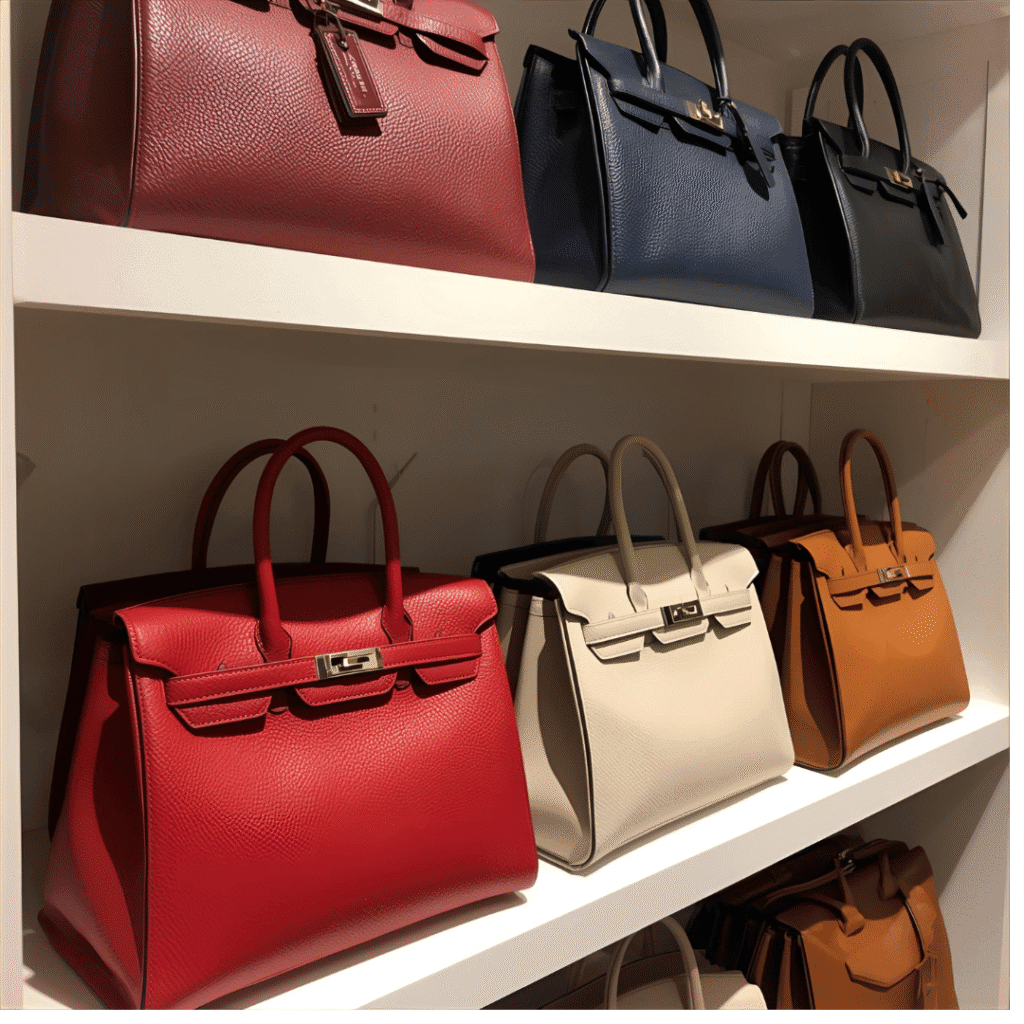
It all varies by quality and brand. Better faux leather that mimics more the feel of real leather will be more expensive, but it’s still significantly cheaper than the real thing.
I always inform my friends that you can create a fabulous wardrobe using faux leather items and not have to break the bank.
Advantages of Faux Leather Over Real Leather
Here are some reasons why I love synthetic leather so much:
- It’s cruelty-free: This is a big one for me. No animals are killed making vegan leather, which just feels so much better.
- Less expensive: As I said, you can find great pieces without shelling out a fortune.
- Low maintenance: Spilled something on your faux leather coat? Swipe it off! It’s much easier to take care of than the real thing.
- Replica appearance: Every item looks identical. With real leather, you could get inconsistencies or flaws.
- Water resistant: Most synthetic leather is more moisture-friendly than genuine leather.
- Lighter weight: Faux leather items tend to be lighter, which means they are more pleasant to wear.
- More color options: There are vegan leathers in all colors of the rainbow, including super bright neons or metallics.
- No breaking-in period: Leather might be stiff when you get it, but faux leather is pleasant to wear immediately.
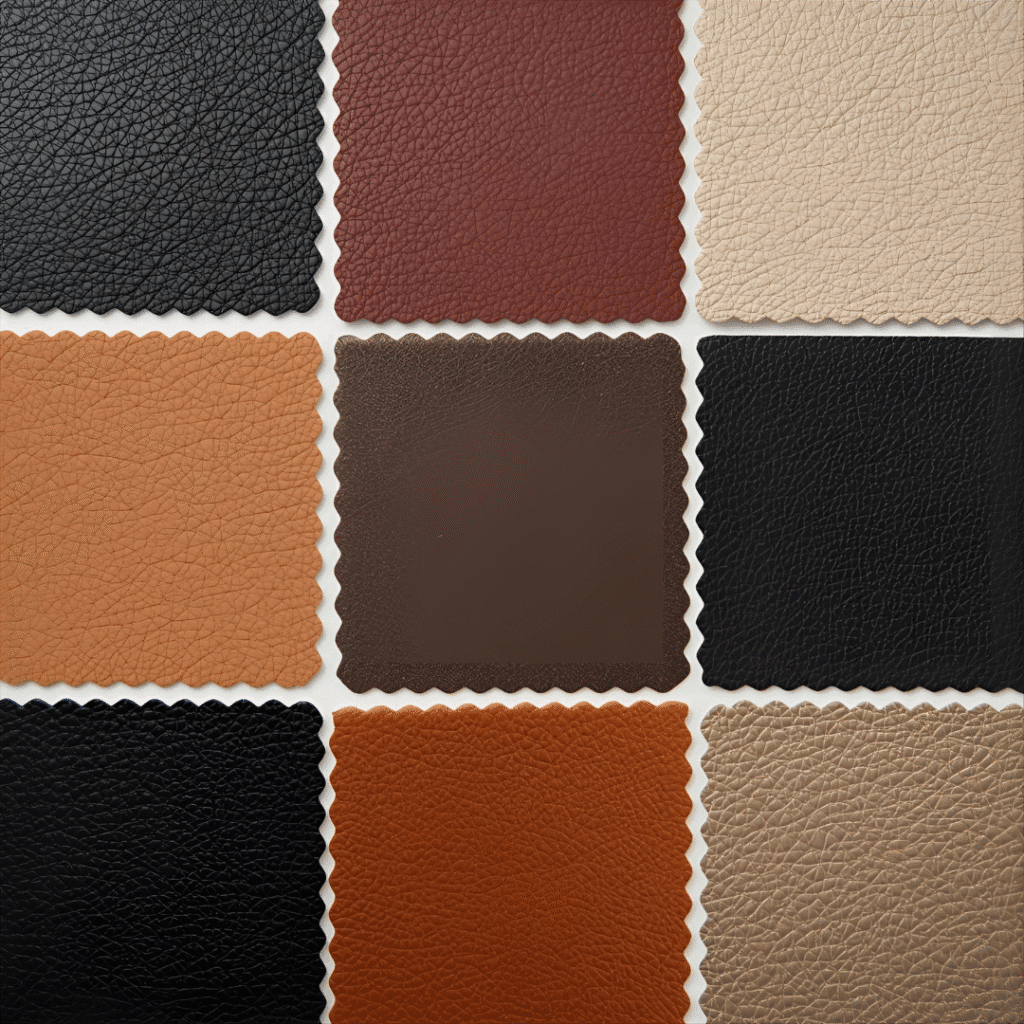
Disadvantages of Faux Leather Compared to Real Leather
I want to be completely honest with you regarding the drawbacks too:
- Durability issues: High-quality real leather can last many decades. Faux leather may only last for a few years with extensive use.
- Breathability problems: Synthetic materials do not breathe so well as real leather, so they may become hot or sweaty.
- Impact on the environment: Most faux leather is constructed out of plastic, which is not good for the environment.
- Aging in a different way: Real leather forms a lovely patina over time. Faux leather simply gets worn out.
- Can peel or crack: Poorer quality vegan leather can begin to peel after a period.
- Less luxury feel: Although good faux leather feels wonderful, it still doesn’t have that luxury feel of top-level real leather.
Faux Leather vs Bonded Leather
This confuses so many people, so let me set it straight!
Bonded leather is really made of actual leather scraps ground into small pieces and combined with polyurethane. It’s the “particle board” of leather.
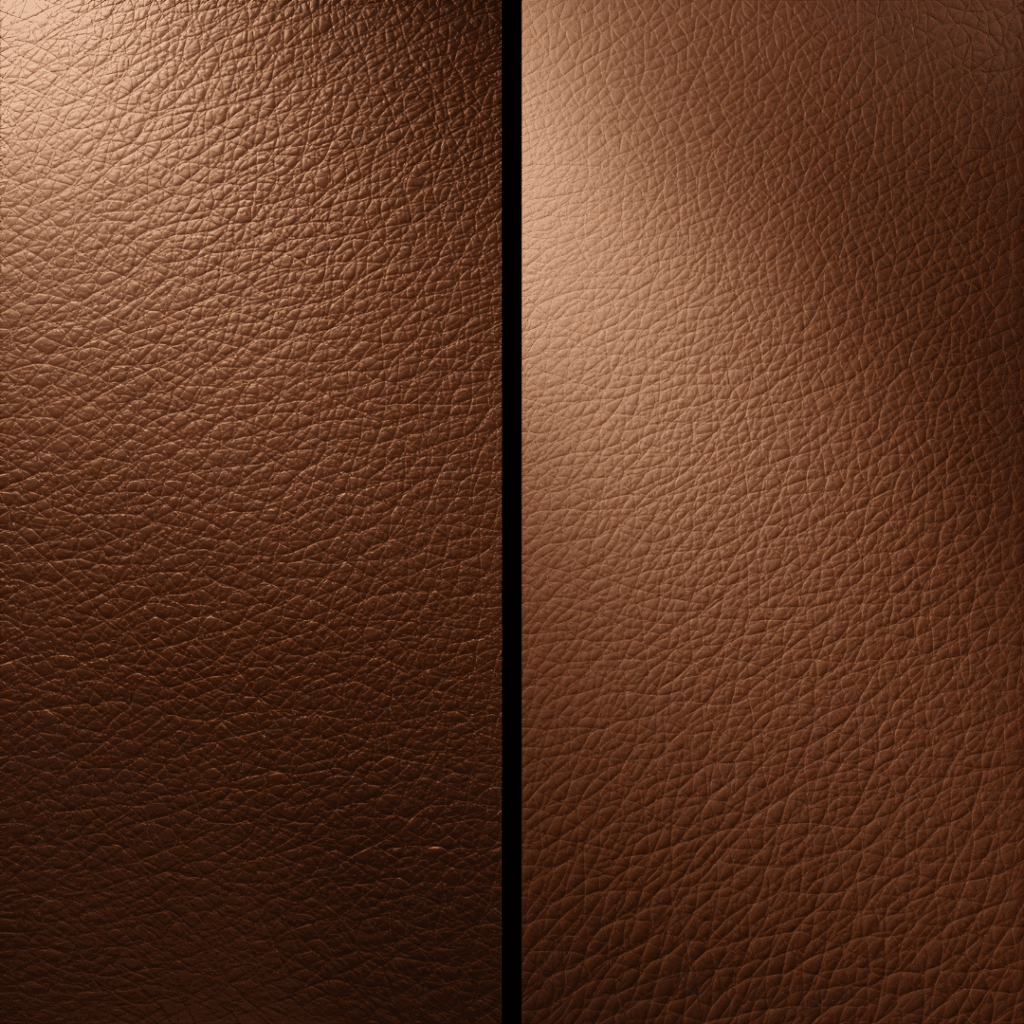
Faux leather is totally synthetic – not a single animal product in sight.
I still prefer straight faux leather to bonded leather because bonded leather tends to crack and peel more than decent synthetic leather. And if you’re considering being cruelty-free, bonded leather still contains animal products.
Bonded leather is usually cheaper than both real leather and good quality faux leather. But honestly, the quality is often pretty poor.
Why Choose Faux Leather?
For me and many other fashion lovers, vegan leather just makes sense in 2025.
First, it fits our values. More and more of us want to make ethical fashion choices, and synthetic leather lets us do that without sacrificing style.
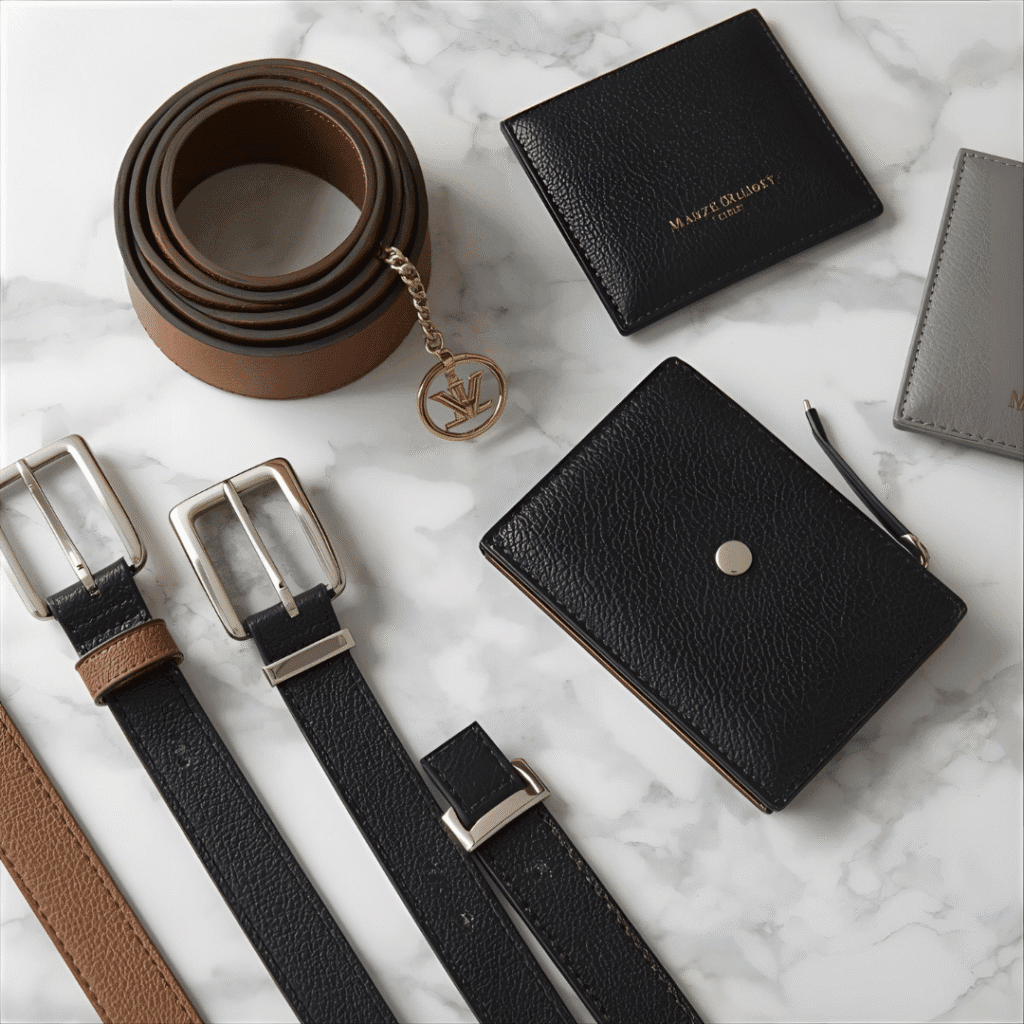
It’s also practical. I can play with trends if items don’t have to break the bank. Want to give that trendy faux leather jacket a try? Do it without concern for the cost.
The diversity is fantastic too. I can get faux leather in colors and finish not available in real leather.
And it’s ideal for our active lifestyles. Easy to care for, light, and sturdy enough for daily use.
Synthetic Faux Leather Care
Caring for synthetic leather is a breeze! These are my favorite tips:
- Regular cleaning: Wipe with a damp cloth from time to time to wipe away dirt and oils.
- Gentle soap: Use mild soap and water for thorough cleaning. No harsh chemicals!
- Air dry: Never dry faux leather in the dryer. Hang to air dry instead.
- Storage: Store pieces in a dry, cool area. Avoid direct sun which will fade the faux leather.
- Avoid heat: Never dry or iron faux leather with heat – it melts or cracks.
- Conditioning: Some folks use leather conditioners on faux leather, but I just clean it regularly.
- Handle gently: Don’t stretch or pull on the material too hard.
The best thing about it? No need for expensive special leather care products!
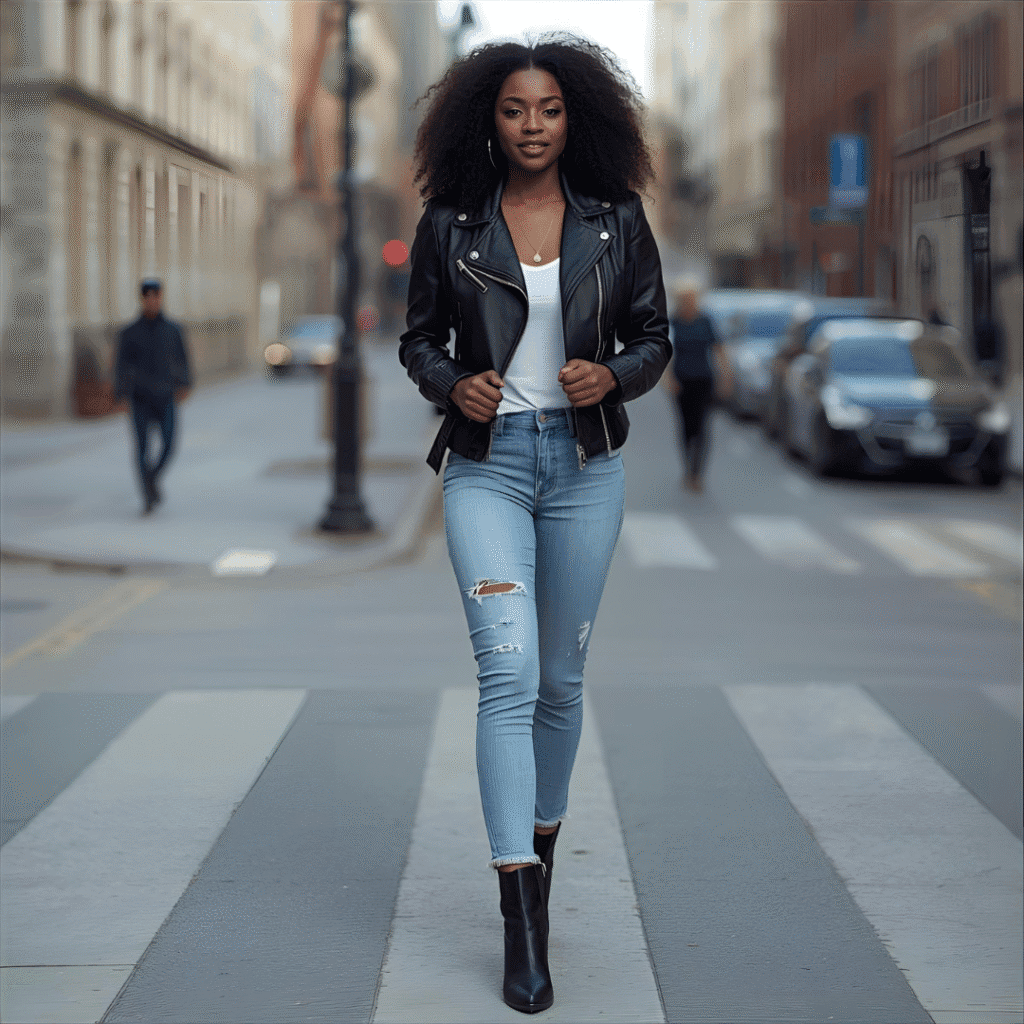
FAQs
Is faux leather the same as vegan leather?
Yes! Faux leather and vegan leather are synonyms. Both refer to synthetic leather which does not use any animal products. Alternatively, some just call it pleather or synthetic leather.
How long does faux leather last?
Good quality fake leather lasts between 2-5 years when used regularly. The duration varies with the materials quality and how well you take care of it. More expensive synthetic leather is more durable compared to inexpensive ones.
Does faux leather crack and peel?
Lower grade faux leather may peel or crack with time, particularly if subjected to severe heat or cold. Higher grade vegan leather is far more robust and less prone to such problems.
Is it possible to wash faux leather in the washing machine?
I don’t advise it! The heat and agitation can ruin the material. Use gentle hand washing with soap and water, and then let it air dry fully.
Is faux leather waterproof?
Most synthetic leather is water-resistant, meaning it can handle light moisture. But it’s not completely waterproof. Always dry it off if it gets really wet to prevent damage.
Does faux leather smell bad?
Brand new faux leather might have a chemical smell that goes away after airing out. Good quality vegan leather shouldn’t have strong odors. Some high-end versions even have a pleasant leather-like scent.
Is faux leather more environmentally friendly than real leather?
It’s not that simple! Faux leather doesn’t involve animal cruelty, but most varieties are produced using plastic, which is not biodegradable. Some of the newer, eco-friendly styles use recycled materials or plant-based ingredients.
Is it possible to repair ripped faux leather?
Small tears can sometimes be repaired with special vinyl repair kits. But major damage is usually not worth fixing since faux leather is more affordable to replace than repair.
What’s the difference between PU and PVC faux leather?
PU leather (polyurethane) is softer, more pliable, and has a feel closer to natural leather. It’s also kinder to the environment than PVC. PVC (polyvinyl chloride) is glossier and more plastic-feeling but usually more durable and waterproof. Patent leather finishes can be achieved using both types of material for that high-shine, mirror-like finish that’s really in vogue at the moment.
Conclusion
I hope this guide assisted you in knowing all about faux leather! Since I’ve jumped on the bandwagon of vegan leather in my closet, I can confidently say that it’s been a total game-changer.
Whether you’re seeking that ultimate synthetic leather jacket, stylish handbag, or fashion-forward pants, faux leather allows you to have great style choices without overspending or selling out your values.
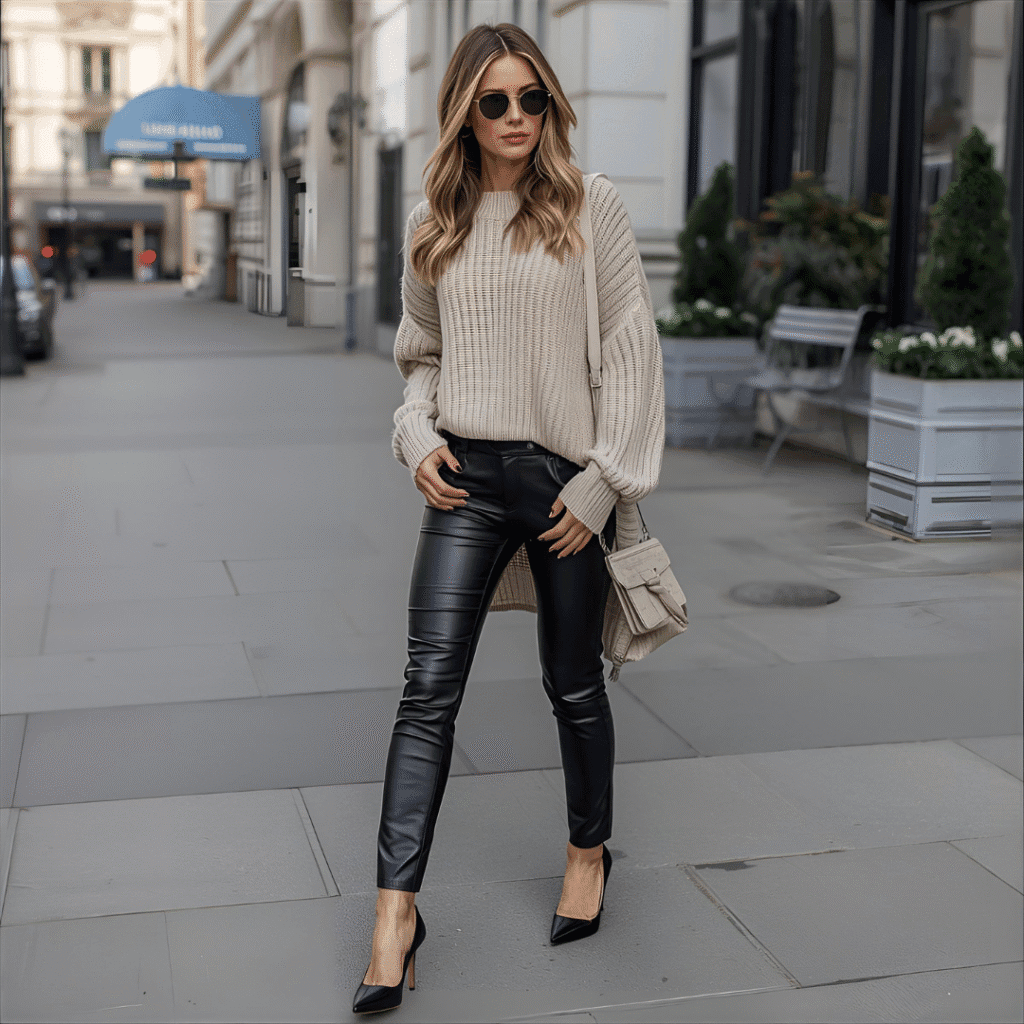
The world of fashion is embracing sustainable and ethical options, and synthetic leather is at the forefront. It’s cheap, fashionable, and only getting better in terms of quality.
The trick is to purchase quality items and look after them well. With proper care, your faux leather products will make you look great for many years to come.
What is your go-to faux leather item? I’d love to hear your experiences with vegan leather in the comments below! And be sure to share this guide with your friends who are interested in switching to synthetic leather.
Stay fashionable and continue making decisions that make you feel good on the inside and out!
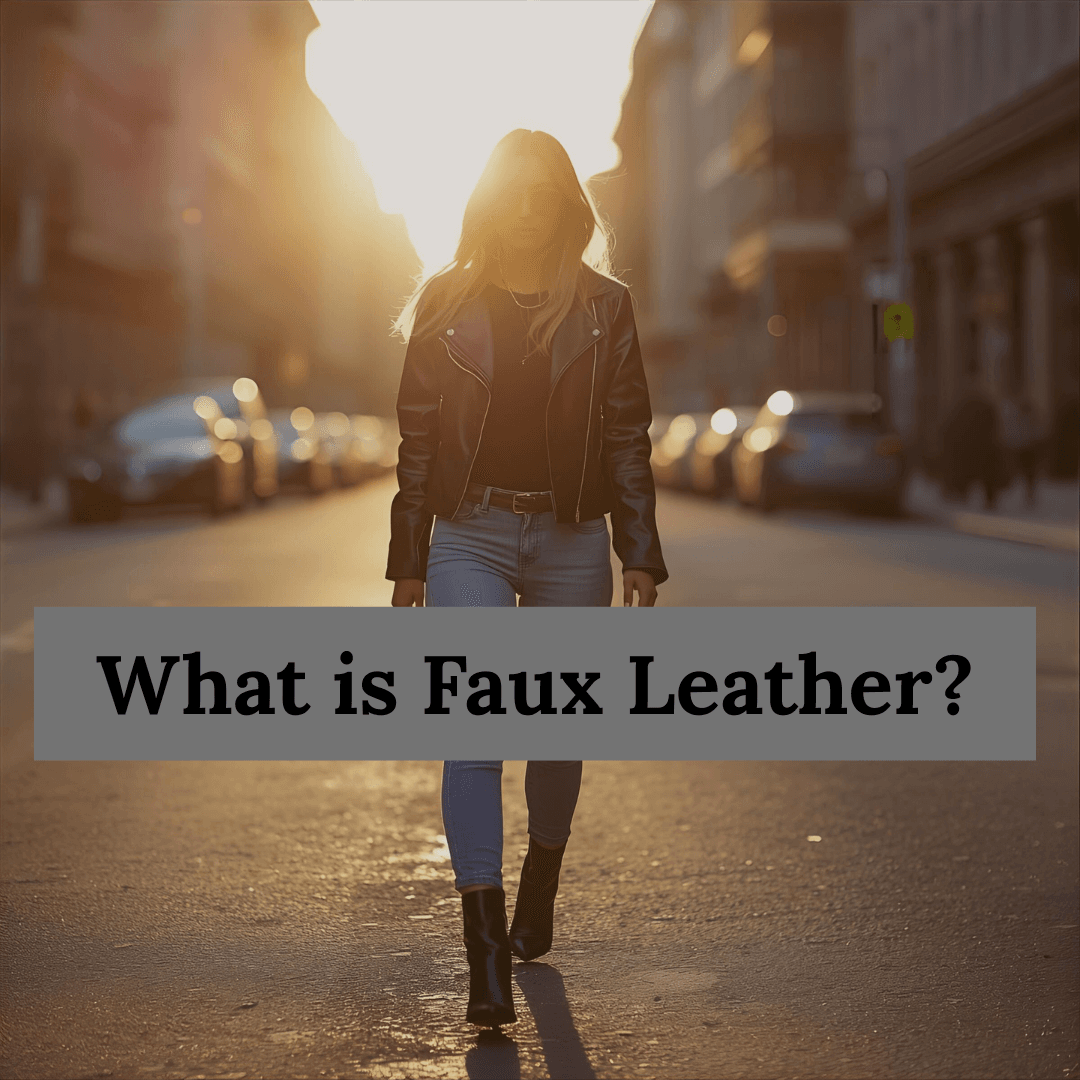
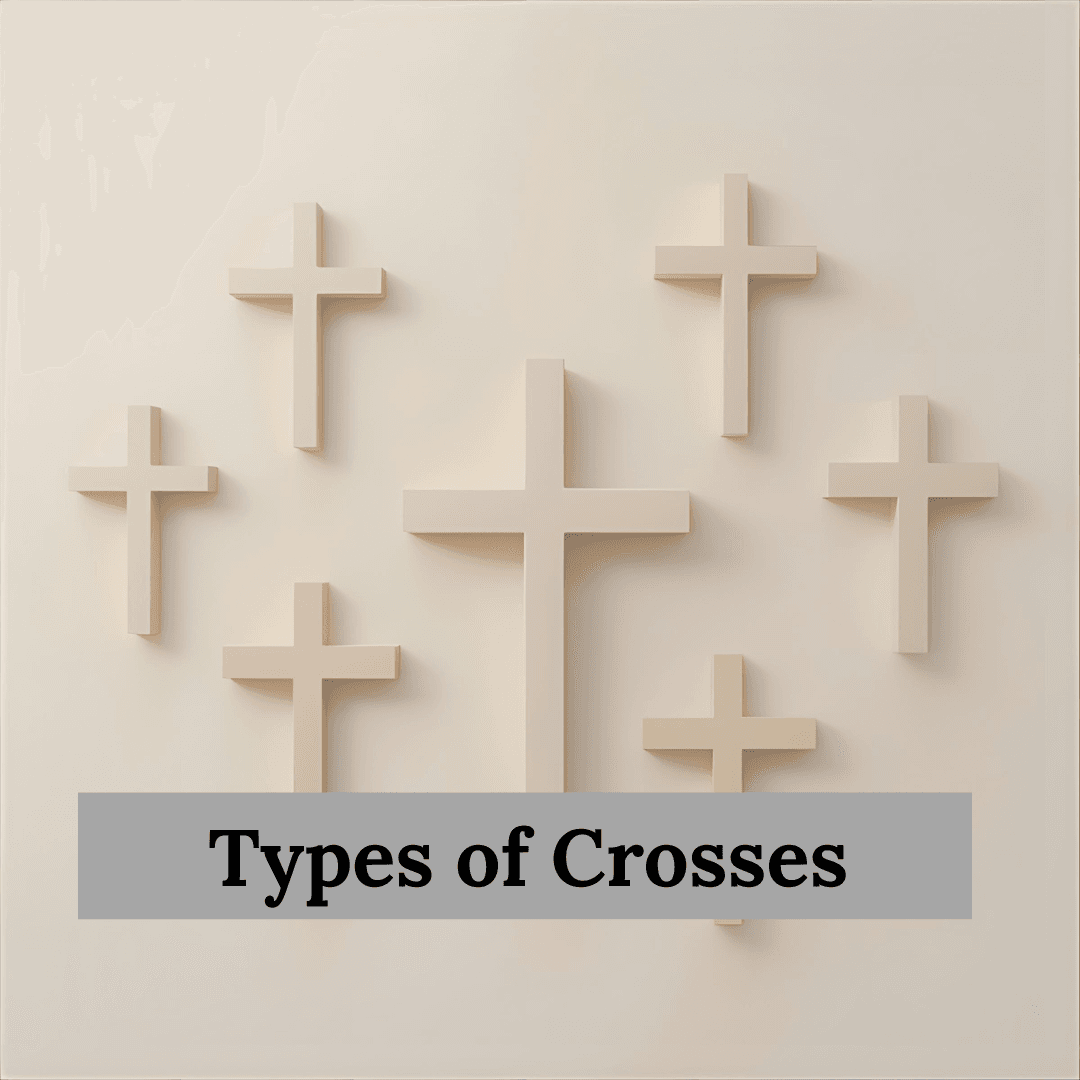
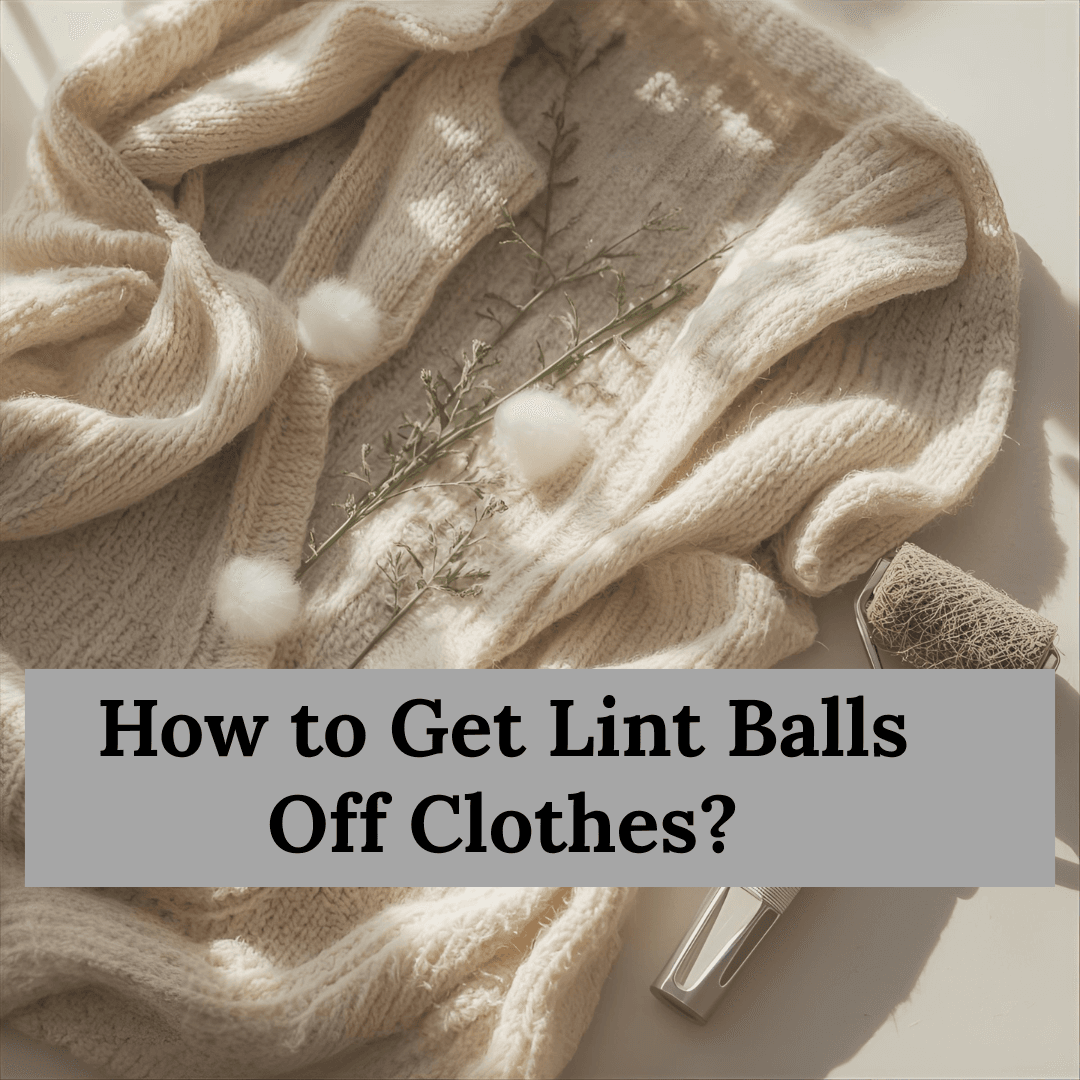
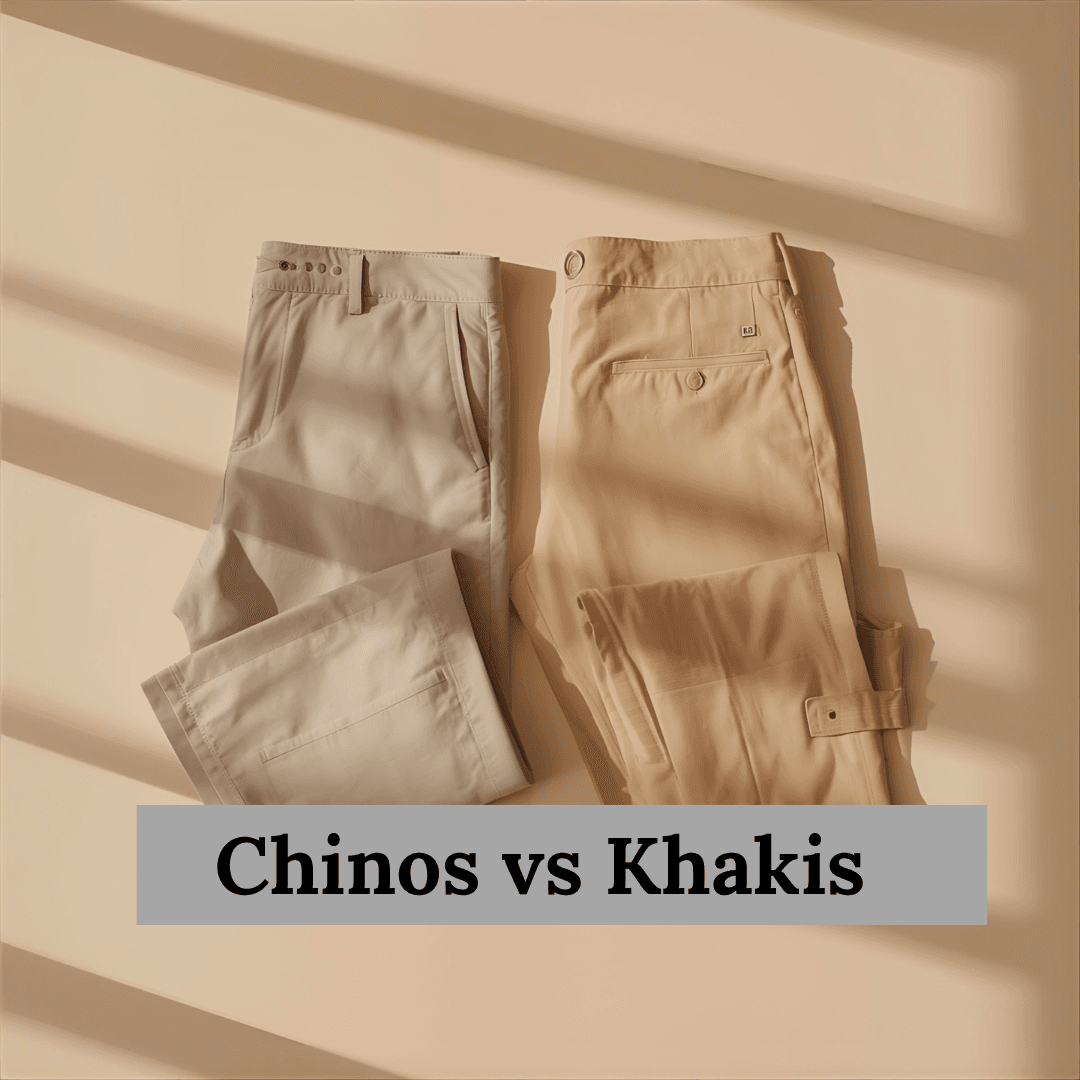
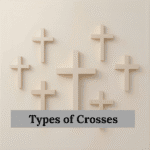


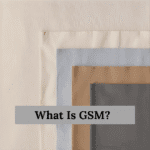
Leave a Reply to Analiz_loOa Cancel reply